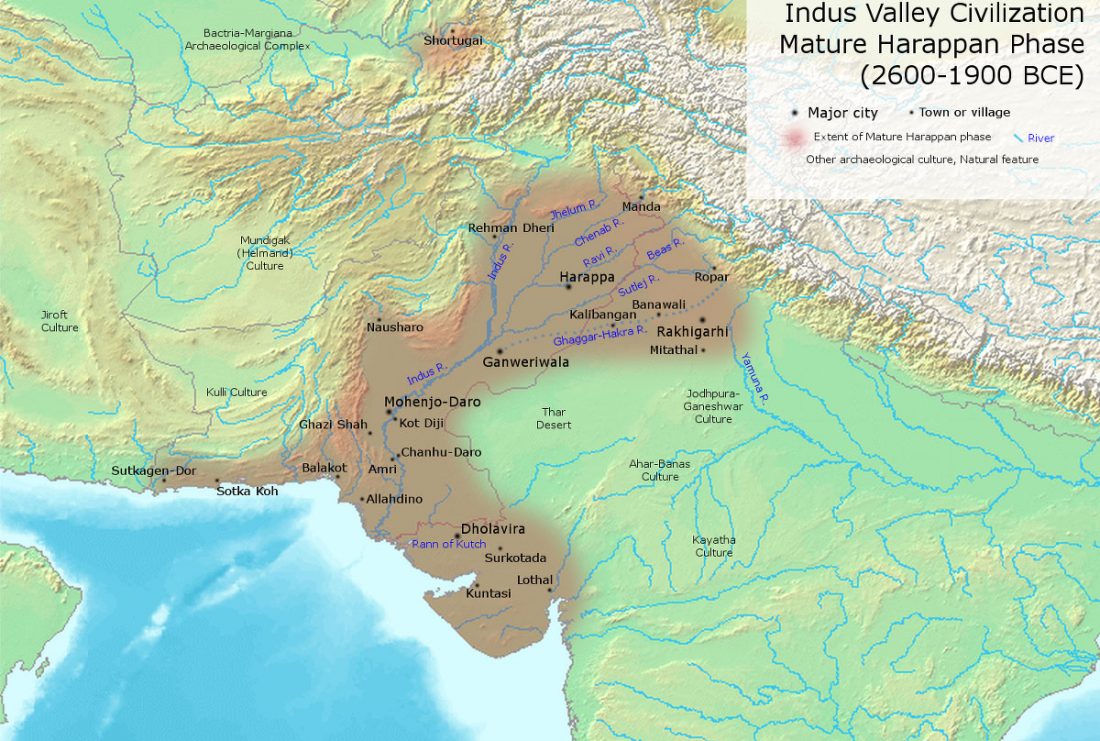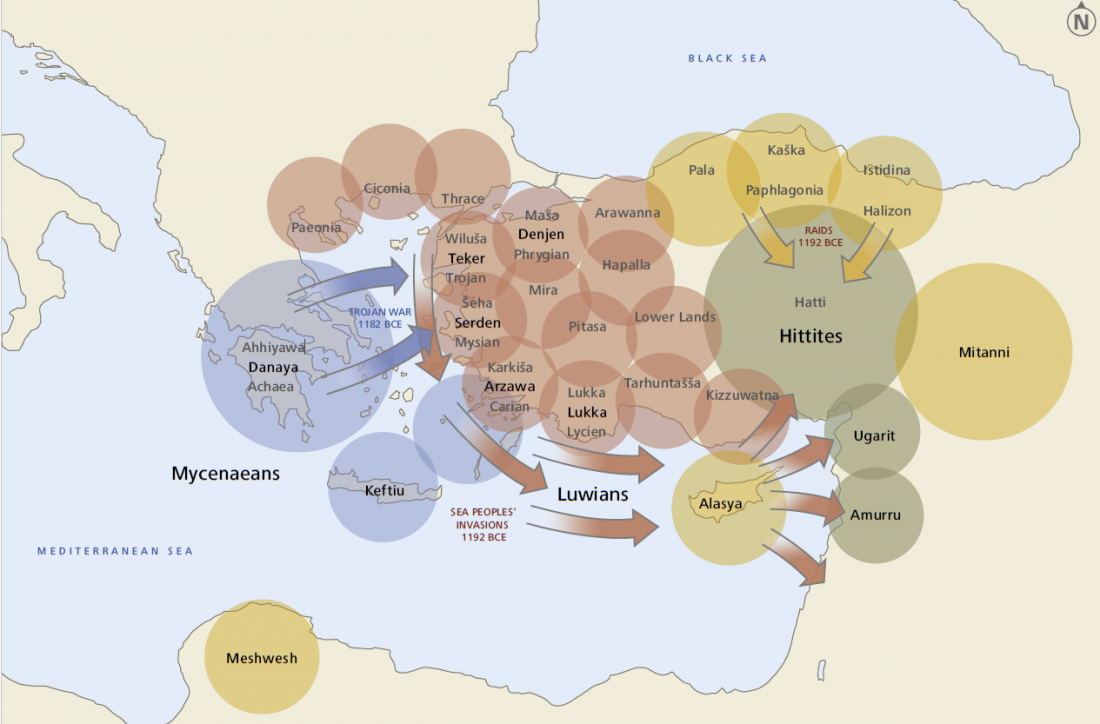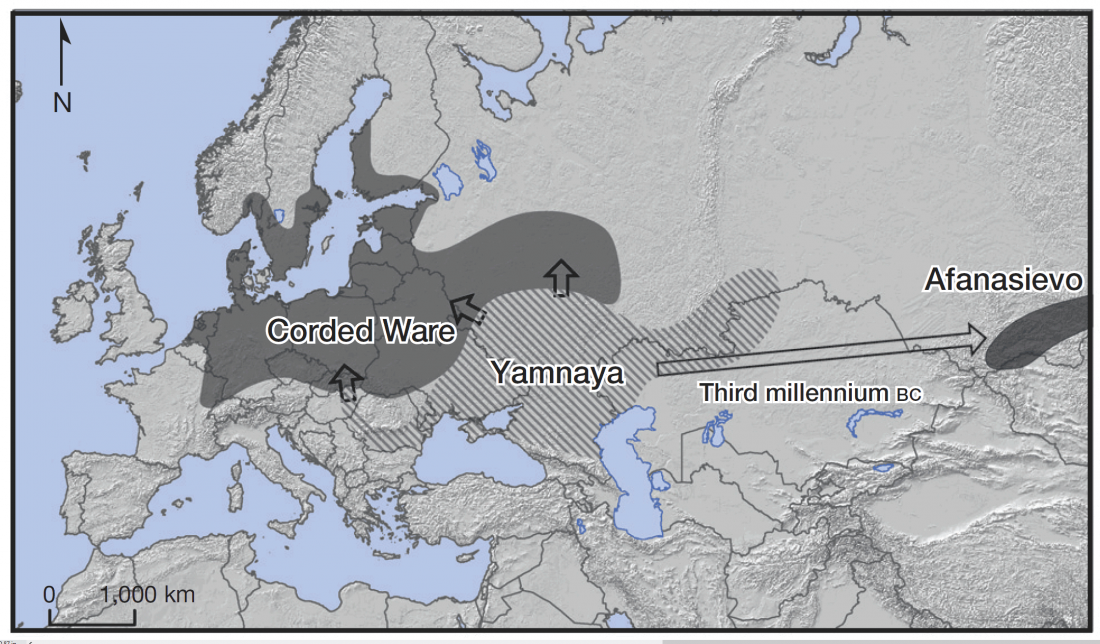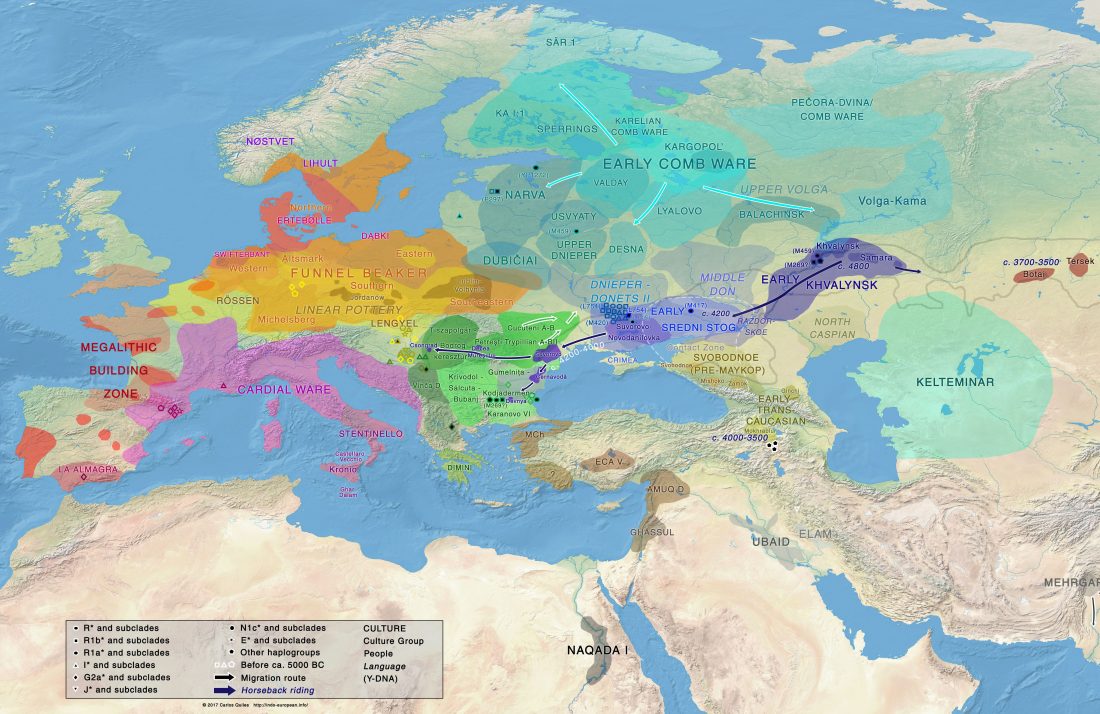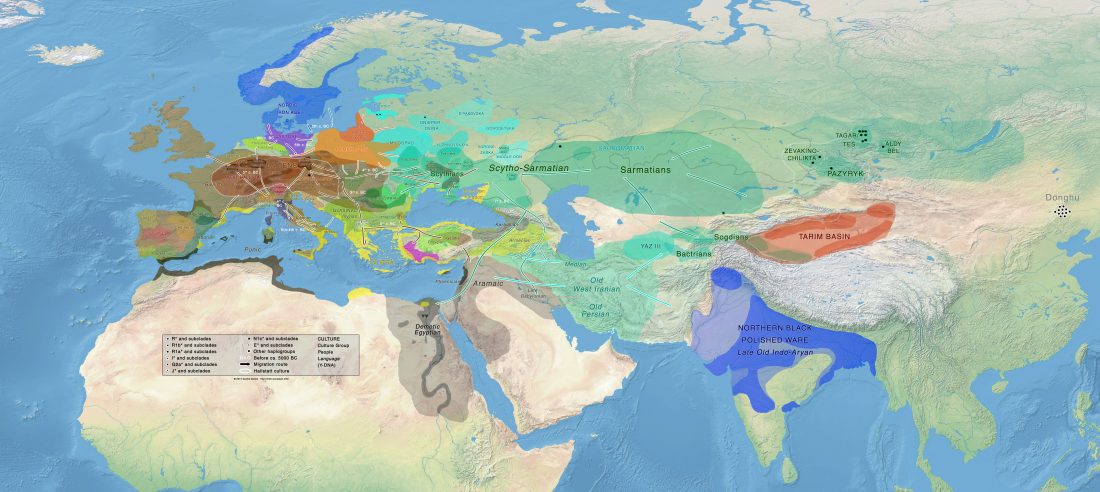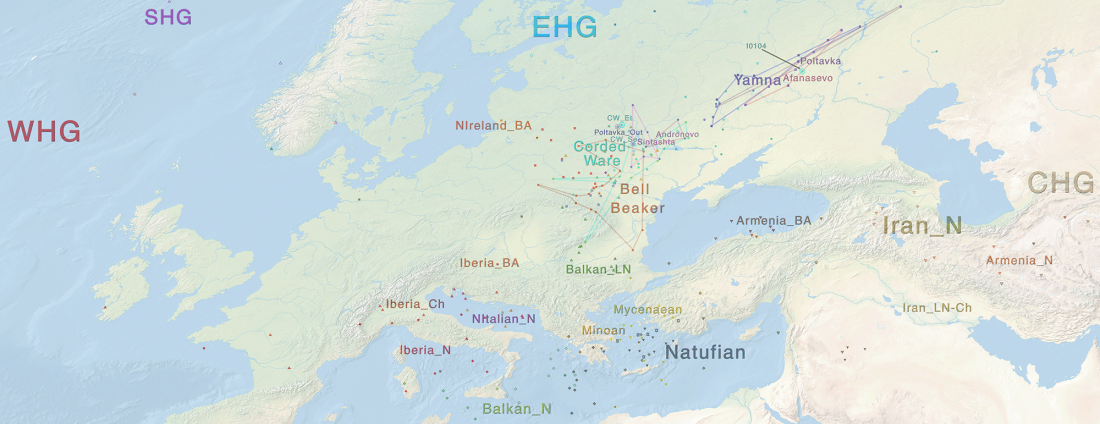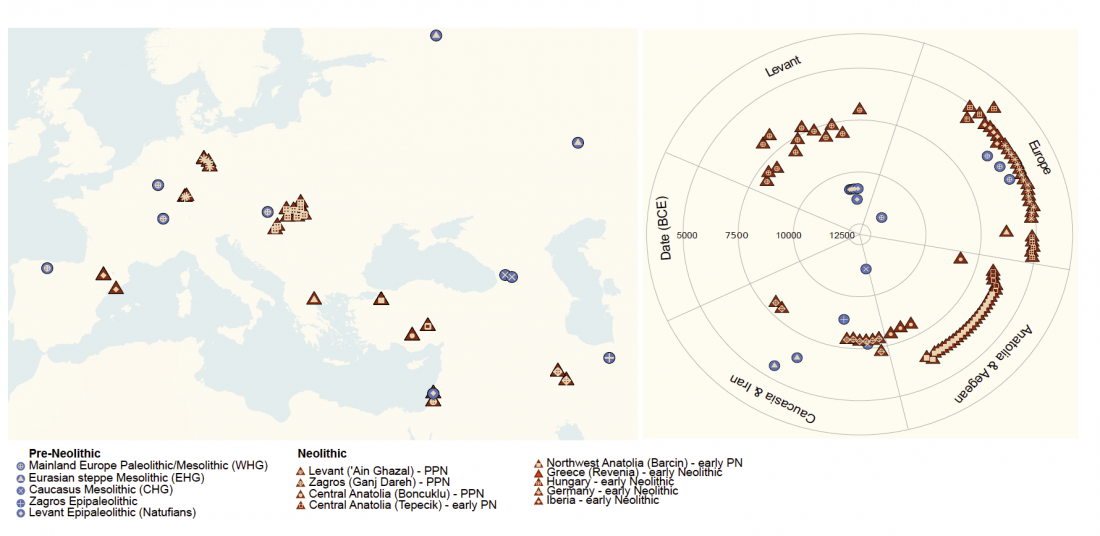The Indus Valley Civilisation in genetics – the Harappan Rakhigarhi project
Razib Khan reports on his new website about an article by Tony Joseph, Who built the Indus Valley civilisation?, itself referring to the potential upcoming results of a genetic analysis project involving Rakhigarhi, the biggest Harappan site.
The possible scenarios based on potential sample results in terms of Y-DNA and mtDNA haplogroups seem to be generally well described, and I would bet – like Khan – for some kind of an East-West Eurasian connection. This is all pure speculation, though, and after all we only have to wait one month and see.
Out of the potential models … Read the rest “The Indus Valley Civilisation in genetics – the Harappan Rakhigarhi project”
